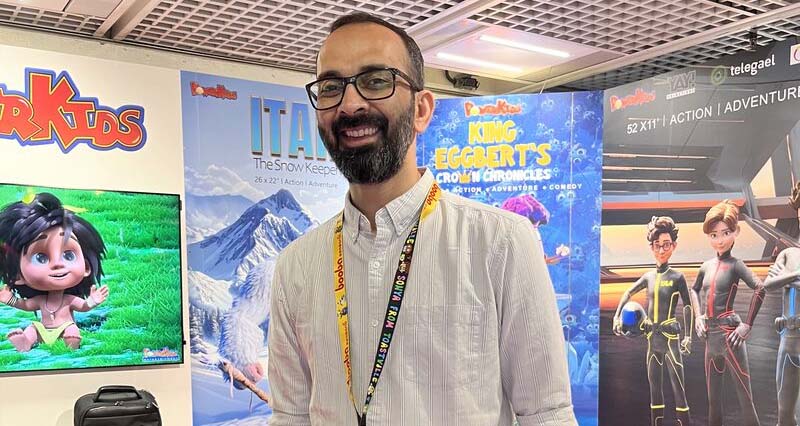Earlier this year British broadcaster Sky launched a new ad-free linear channel for kids, Sky Kids, with a programming strategy that’s designed to ‘inspire, energize and educate kids’ as they move through their typical daily routines’, according to Lucy Murphy, Sky‘s director of kids content.

The launch in February of this year, although it took many in the industry by surprise, was a logical move within the British broadcaster, whose audience insights data indicated it would be welcome in the market. ‘Research indicates there’s a 50/50 split between on-demand services and linear TV when it comes to kids’ viewing habits’, commented Murphy on a panel during the last edition of Kidscreen Summit.
Linear TV still remains relevant. Last year’s CTV report from Ofcom, which reviewed the decline in content viewing through streaming, suggests that traditional channels are understanding the audience, but above all, understanding and attending to the difficult children’s audience, who have very specific ways of consuming television.
From Sky, they assured that one reason why linear TV is still so engaging in the kid’s media landscape is its ability to expose children to new shows and content genres they might not choose themselves. ‘Linear broadcasting is also simpler in that it doesn’t overwhelm kids with too many options. And families like the carefully vetted viewing experience that linear channels offer. Parents want fun and educational content in a single format that keeps their kids from stumbling onto things they shouldn’t be watching’, Murphy noted.
The Sky Kids program slate includes titles from educational and environmentally themed content, to music, dance, fitness, arts, and even bedtime shows. Some of the shows are Trolls: TrollsTopia, Where’s Wally, 123 Number Squad! and Clifford the Big Red Dog. Also the original MC Grammar: Wonder Raps, Pip and Posy, The Brilliant World of Tom Gates, and Morph.
The programming strategy is a ‘revival’ of the old way, according to Murphy, who explained that the strategic programming is based on different slot parts of the day. In the morning, the channel offers classic brand favorites such as Madagascar and LEGO, and as the day goes on, it folds into more active shows that introduce music, dance, and gymnastics’, Murphy explained. This theme is followed by arts & crafts, or how-to-do content to keep kids busy in the afternoon when they get home from school, and bedtime programming to help them wind down in the evening.
Regarding feeding the library, the channel plans to build it of primarily British content and pan-regional titles, both originals and acquisitions. ‘This will complement some of Sky‘s services that carry US shows from channel brands such as Nickelodeon, Nick Jr., and Cartoon Network’, commented Murphy.
Sky‘s new channel is setting its sights on a diverse range of content post-launch. They’re keen on acquiring animated and live-action series, with a minimum duration of 20 episodes at seven minutes each, tailored for children under seven. These shows should either be based on well-known intellectual properties or feature familiar faces and characters. In addition, Sky is in pursuit of animated specials and series that encourage physical activity in children, focusing on genres like dance and fitness, rather than traditional sports. Music-centered programming is of particular interest to the broadcaster, according to Murphy.
The executive finalized commenting that looking ahead to 2024, the company will be ‘exploring animated comedies and educational content, encompassing both live-action and animated formats’. However, the channel is not currently in the market for animated preschool shows featuring songs, or concepts falling within the superhero, anime, or action-adventure categories.






